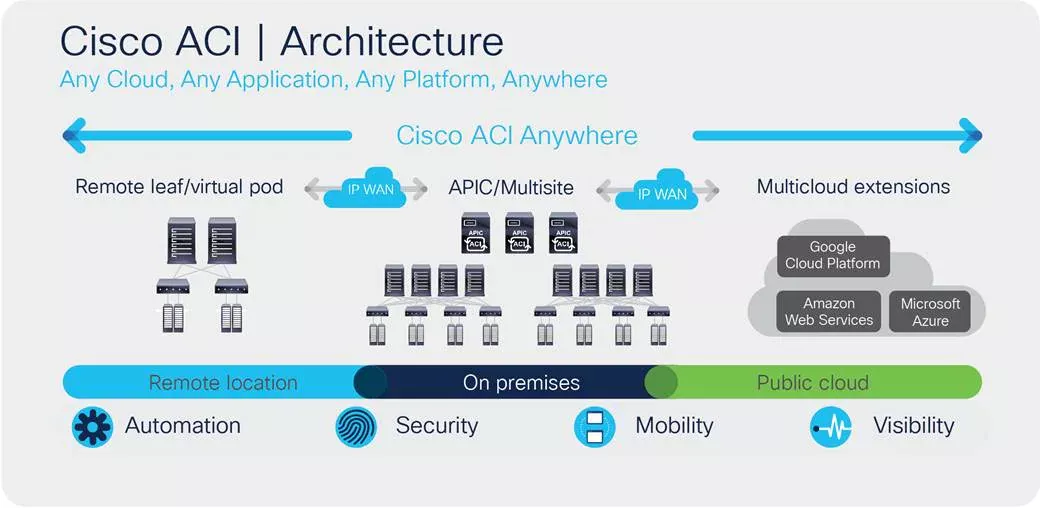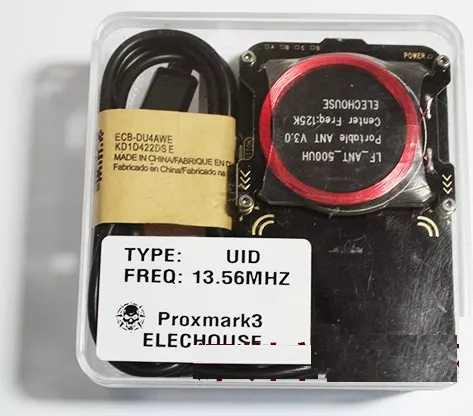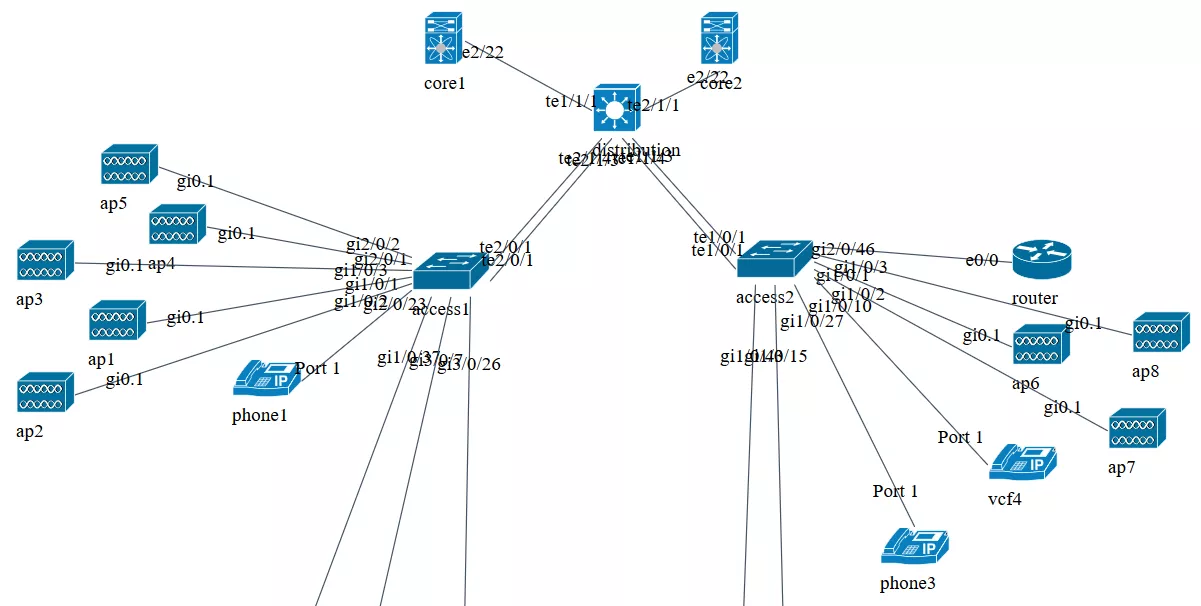Git repositories are very interesting from an OSInt perspective. There are a few commands to find out deleted files and recover them in seconds: # Find deleted files git log --diff-filter D --pretty="format:" --name-only | sed '/^$/d' > deleted_files.
A question comes up to my mind few weeks ago: can enterprises operate on networks like they are doing with software today? In other words: can enterprise start to automate things without buying additional solutions?
IT infrastructures are evolving fast and they are not becoming simpler. The more flexibility is requested from the application layer, the more complexity is added to the network layer. From RFC1925:
We all know that Google, Fastly, and Facebook… are defining networks as a software (yes, SDN, but the real Software Defined Network) using custom tools. But what exactly does SDN mean?
Many companies rely on RFID (Radio-frequency identification) tags for many aspects. Employer badges are often RFID-based and allow for unique identification, authorization, and account for each employer. Other companies use simple RFID tags or the more evolved NFC smartcards to identify and bill for services.
We’re leaving in the ‘hype’ era, where everything is sold as the Holy Grail for a non-real problem. Let’s try to analyze things with a critical eye. Pushed by a friend, who is writing a couple of very good posts I recommend, I’m now sharing my thoughts about automation, the future of network engineers, AI, and so on.
Every time I need to work with Linux SNMP utilities, I have to re-learn some commands. This post summarizes useful SNMP commands for anyone who needs a reference guide. Common options Usually, I need to build a custom and trusted MIB repository.
NetBrain is a famous software that allows network discovery (and management). Let’s focus now on network discovery and documentation: we want to automatically discover network devices, and how they’re connected, and store everything into a version control repository (GIT/CVS).
After installing Ansible (see previous post), it’s now time to manage how to send multiple commands (and check) to Cisco IOS devices. This post will explain a playbook (recipe) for clock and NTP configuration.
Firejail is a powerful tool that can be used to sandbox a lot of applications. By default, Firejail provides profiles for Chrome, Firefox, Telegram, and other famous applications. Wireshark is still missing.









